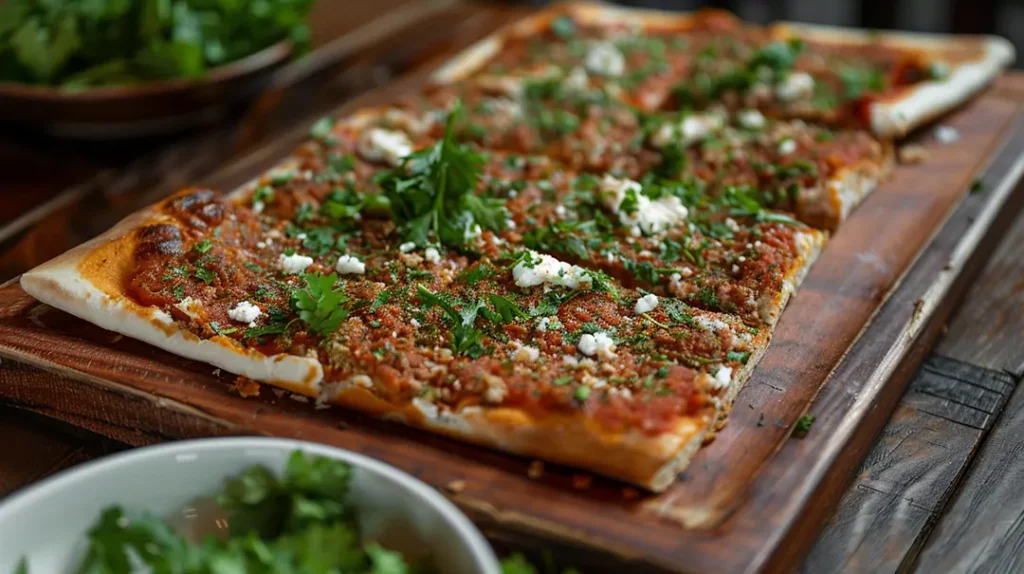
Food is more than just sustenance; it connects people, preserves traditions, and reflects cultural values. Regional cuisines like Mediterranean and Scandinavian are shaped by geography and history, while dishes like pasta and sushi hold deep cultural significance. Culinary traditions evolve by incorporating new elements, showing the dynamic nature of food culture.
Food is more than sustenance; it’s a cornerstone of cultural identity, conveying stories about history, traditions, and values. It serves as a means of connecting people, fostering community, and providing insights into different ways of life. Despite its roots in tradition, food culture is in a constant state of flux. This article examines how culinary practices have evolved over time, the changes happening today, and what the future may hold for our shared gastronomic heritage.
In the past, local food was an essential part of a community’s identity, with each region boasting its own unique recipes and culinary practices. These traditions were shaped by factors such as geography, climate, and available resources. For instance, Mediterranean cuisine, characterised by its use of olive oil, fresh fruits, and herbs, is a direct reflection of the region’s warm climate and rich soil. Similarly, coastal regions like Scandinavia developed diets rich in seafood, with dishes such as gravlax and pickled herring becoming staples. These local food customs were more than just dietary choices; they were expressions of how communities adapted to their natural surroundings and were integral to their cultural identity.

Food has always played a significant role beyond mere nourishment; it acts as a cultural bridge, connecting people and preserving traditions. In Italy, for example, meals like pasta and pizza are not just popular dishes but are deeply embedded in the social fabric, representing more than just food but a way of life centred around family and community. Japanese cuisine, with its focus on simplicity and seasonal ingredients, mirrors cultural values such as respect for nature and meticulous craftsmanship. Sushi, for instance, is not just a dish but a culinary art form, prepared with a level of care and precision that reflects broader cultural aesthetics. These examples illustrate how food serves as a repository of cultural values and social practices.
Culinary traditions have never been static; they have continually evolved by incorporating new ingredients and cooking methods. This process has often been driven by historical events such as trade, exploration, and cultural exchange. The introduction of tomatoes from the Americas, for instance, revolutionised Italian cuisine, giving rise to iconic dishes like pizza and pasta with tomato sauce. Similarly, the migration of noodles from China to Italy led to the development of pasta, demonstrating the adaptability and resilience of culinary traditions. These changes highlight the dynamic nature of food culture, showing how it can absorb and integrate new elements while still maintaining a connection to its roots.
In today’s globalised world, food culture is undergoing rapid transformation, often at the expense of traditional practices. The widespread adoption of Western diets and the global proliferation of cash crops have significantly impacted local food cultures. In many cases, this shift occurs so swiftly that within a single generation, a community’s unique culinary heritage can be substantially altered or lost. This trend poses a threat not only to cultural identity but also to traditional knowledge systems that have evolved over centuries. These systems often include sustainable farming practices and culinary techniques tailored to local environments. The decline in traditional crop varieties, for instance, can lead to reduced biodiversity and compromise food security, underscoring the broader implications of these changes.
Advancements in technology and communication have made globalisation more accessible than ever before, leading to the widespread dissemination of food cultures. While this has introduced diverse cuisines to new audiences, it also comes with downsides. The ease of sharing recipes and culinary practices across borders has led to the homogenisation of food cultures. Traditional recipes are often modified or simplified to cater to global tastes, which can dilute the original flavours and cultural significance. Moreover, the global food supply chain prioritises uniformity and efficiency, often at the expense of local culinary diversity and sustainability. This shift has led to the dominance of a few global food brands and the decline of small-scale, traditional food producers. As a result, unique local cuisines and ingredients are at risk of being lost, replaced by standardised, mass-produced alternatives.
As food culture continues to evolve, there is an urgent need to balance innovation with the preservation of traditional practices. Documenting and celebrating age-old recipes, cooking techniques, and agricultural practices are crucial for maintaining cultural diversity. This preservation is not merely about nostalgia; it is about safeguarding the rich tapestry of culinary heritage that defines human civilisation. At the same time, the blending of different culinary traditions offers exciting possibilities for innovation. New hybrid cuisines can emerge, enriching the global food landscape and offering fresh, diverse culinary experiences. By valuing both the historical and the evolving aspects of food culture, we can create a future that honours the past while embracing new flavours and techniques.
Understanding and appreciating different cuisines is more than a culinary journey; it is a way to connect with diverse cultures and histories. Embracing the fluidity of food culture, while also preserving its historical roots, enriches our collective human experience. This balanced approach not only helps culinary heritage to thrive but also fosters a deeper connection between people and their cultural traditions. In an increasingly globalised world, this dual focus on preservation and innovation ensures that our gastronomic landscape remains vibrant and inclusive, offering a rich array of tastes and stories for future generations to explore.

At Med.kitchen, our passion lies in crafting exceptional culinary experiences through our online platform. We specialise in sharing a wealth of knowledge via articles, recipes, courses, and online mentoring, aiming to inspire both novice and seasoned chefs alike. Our focus has shifted from private dining to being an online source of gastronomic inspiration, allowing you to explore and refine your culinary skills from the comfort of your home..